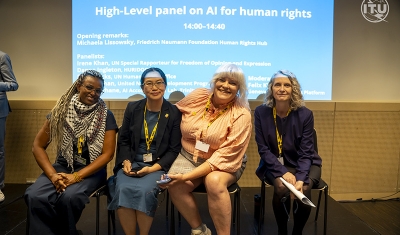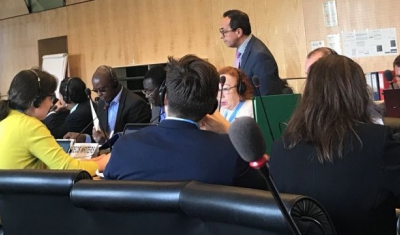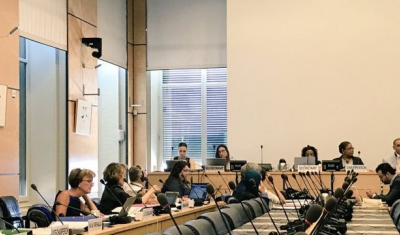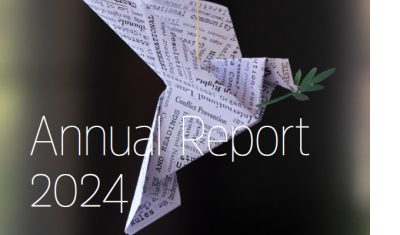Members of United Nations Treaty Bodies Discuss Individual Communication Procedures

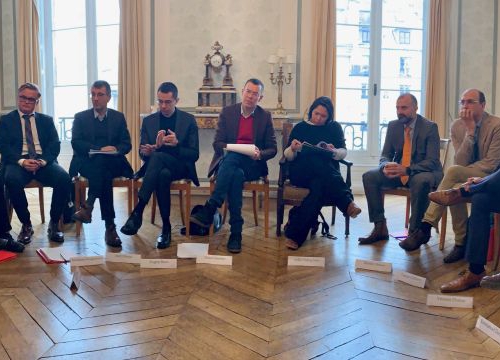
CCPR Centre
28 January 2019
At a meeting in Paris, members of United Nations (UN) human rights treaty bodies as well as staff from the Office of the UN High Commissioner for Human Rights, staff from regional human rights courts and academics discussed UN TBs individual communication procedures.
The meeting was organized by the Centre for Civil and Political Rights (CCPR-Centre), with the support of the Open Society Justice Initiative and in partnership with the Geneva Academy and the Paris Human Rights Center.
Sharing Best Practices
The meeting aimed at sharing best practices and identify options to improve the way TBs handle individual communications.
Participants notably addressed the transparency and accessibility of the system and compared different approaches for proceeding communications
‘The fact that individuals can complain about a violation of their rights in an international arena brings real meaning to the rights contained in the human rights treaties. Currently, eight TBs are dealing with individual communication procedures: the Human Rights Committee, the Committee on Economic, Social and Cultural Rights, the Committee on Elimination of Discrimination against Women, the Committee against Torture, the Committee on the Elimination of Racial Discrimination, the Committee on the Rights of Persons with Disabilities, the Committee on Enforced Disappearances and the Committee on the Rights of the Child (CRC)’ underlines Kamelia Kemileva, former Co-Coordinator of the Geneva Human Rights Platform.
‘They have all different working methods and ways to deal with these communications and it is therefore essential to bring them together to exchange what works and what does not work in order to find common grounds and, ultimately, improve the system’ she adds.
‘It is important to compare methods of work which might differ from one TB to the other in order to achieve better protection for petitioners’ she adds.

Geneva Academy’s Research on the Issue
The Geneva Academy will publish a new report on TBs individual communications procedures in the spring, which will fill in a need for more research and analysis of this unique universal mechanism.
‘The research will notably look at the coherence of TBs’ jurisprudence, methods of work and the role of TBs’ secretariats’ explains Felix Kirchmeier, Co-Coordinator of the Geneva Human Rights Platform.





